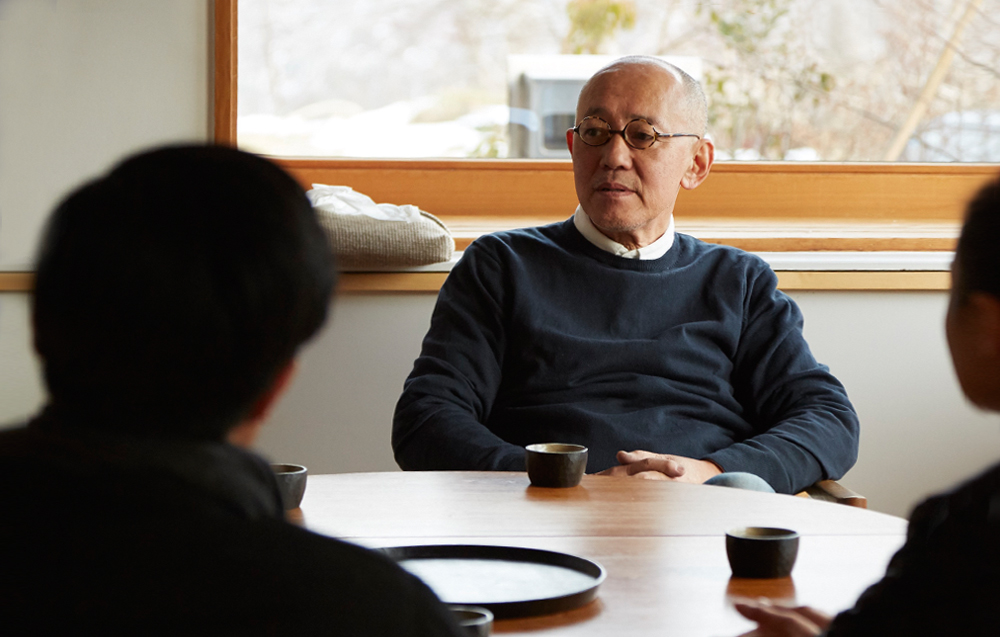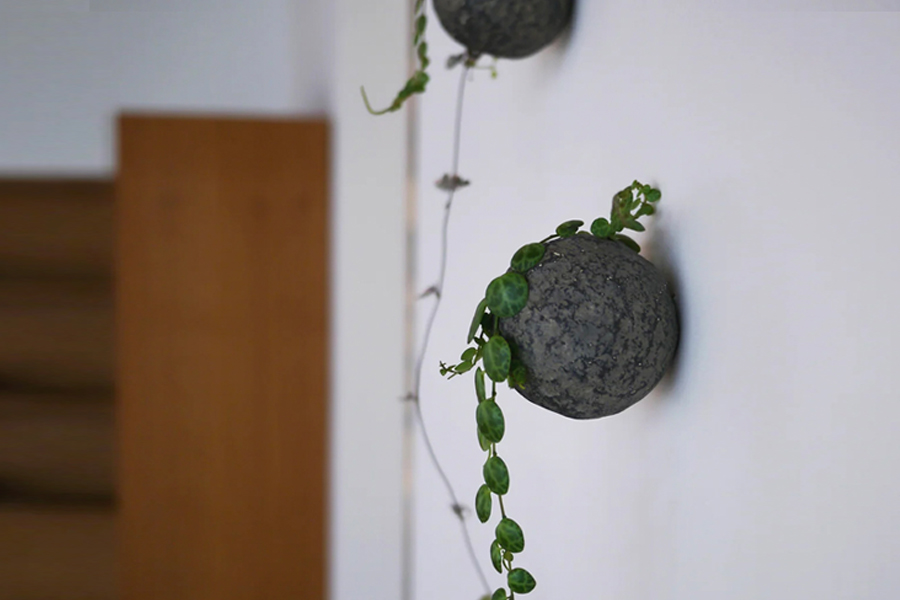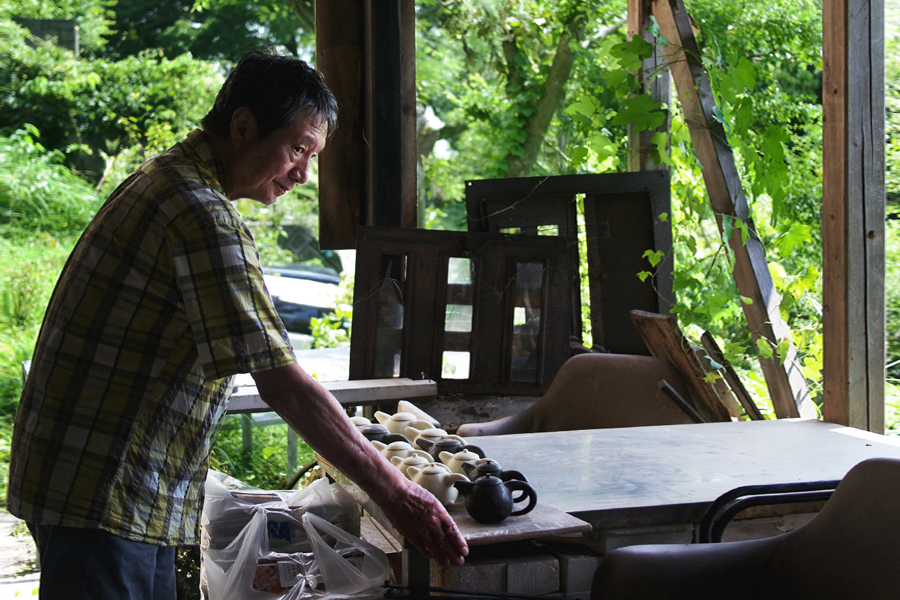What is Seikatsu Kogei?
Seikatsu Kogei is a Japanese term that has become part of our lexicon ever since we began working with some of the people at the forefront of this movement, Ryuji Mitani, Kazumi Tsuji and Masanobu Ando, to name a few. The term Seikatsu Kogei translates to “Life Industrial Arts.” It represents a new standard in household crafts that phased in near the end of Mingei, the Japanese folk art movement. We are pleased to present a guest entry written by Ryuji Mitani in which he describes what the term means to him.
The entry below was translated from Japanese to English.
There was a moment when I looked around at my surroundings and noticed that the city where I lived and the houses where people led their lives had become full of stuff. Stuff was overflowing everywhere. When I became aware of that, I began to think that we should change our attitude towards consumerism. I saw that there were limitations of happiness in which material objects provided. Since that realization I’ve put a sudden halt to crafting unconsciously. Creating and refraining – these opposite powers began to evolve in me. “Is this right?” I began to ask my hands and myself.
I realized that the perspective I had of my own work was the same as what the users were having. Someone once asked me, “…why don’t artisans create more ordinary everyday items?” and this question still deeply remains with me. This person resolved that it was the self-satisfying, egotistical satisfaction of creating that some artisans pursued. They suggested that instead we should create objects that we personally wanted to use in our daily lives, instead of crafting for self-expression. It is true that the artisans at that time pursued originality and uniqueness. Many artisans tried to explain their works with abstract, difficult words to understand. Those who understood were a tiny percentage. Artisans like this shifted more towards specific genres of craft, eventually closing off and staying within their communities. In a sense, they had strayed far from quotidian life.
Meanwhile, other artisans had a re-discovery. A new perspective of people who live and eat by their own hands, gave rise to a newfound reason for making, and a “craft” based on the realities of ordinary people. We found new value in “craft” and we have been paving a new road for the evolution of “craft” for the past 30 years.
We prefer to be simple rather than special, to be genuine rather than pretentious. We believe in choosing form carefully to make our work meaningful, as if selecting one line from a rough sketch makes the line stronger. For us, being simple has power.




